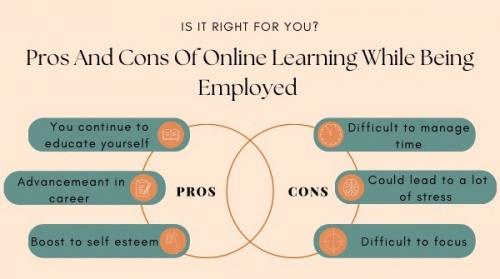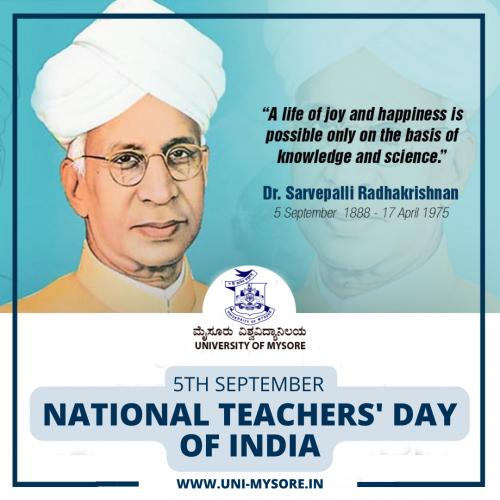The Factors Influencing E-Learning and Blended Learning in Relation to Learning Outcome
Abstract: In
higher education, e-learning is gaining more and more impact, especially in the
format of blended learning, and this new kind of traditional teaching and
learning can be practiced in many ways. Several studies have compared face-to-face
teaching to online learning and/or blended learning in order to try to define
which of the formats provides, e.g., the highest learning outcome, creates the
most satisfied students or has the highest rate of course completion. However,
these studies often show that teaching and learning are influenced by more than
teaching format alone. Many factors play significant roles, and this literature
review will look further into some of them.
The review has a special interest in professional bachelor
education and teacher training, and it focusses on factors that influence
learning experiences in e-learning, online learning and blended learning. Thus,
the research question of the review is as follows: Which factors are found to
influence e-learning and blended learning in relation to learning outcome, student
satisfaction and engagement in collaboration in higher education and
particularly in professional education?
The findings from the research papers included in the review show that among the many factors some seem to dominate more: educator presence in online settings, interactions between students, teachers and content, and designed connections between online and offline activities as well as between campus-related and practice-related activities. The article thus points in the direction of some significant factors, but it also discusses and questions the relevance of research focusing on comparisons between individual formats of e-learning, online learning, blended learning or "traditional" face-to-face teaching and learning. Teaching and learning are complex and are influenced by more than just the teaching format.
Introduction
In the literature
reviewed, a great number of studies have aimed at determining whether
computer-mediated education in the form of e-learning, blended learning or
hybrid learning is better than traditional face-to-face teaching in relation
to, for instance, learning outcome and student satisfaction. Researchers,
educators and educational decision makers alike are eager to find out which
format leads to the best results for their students and the educational
institutions. However, as we shall see below, comparative studies of
educational formats show different results, which might indicate that factors
other than the format alone influence learning outcome, satisfaction, student
retention et cetera. In this review of the literature on e-learning, we present
and discuss definitions of e-learning, hybrid learning and blended learning,
and we review the literature comparing different online teaching formats with
traditional on-campus/face-to-face teaching. With this point of departure, we
explore which factors affect students’ learning experiences in different online
formats in higher education, with particular emphasis on professional education
and teacher training. The review serves to show that some factors are more
prominent than others, and these factors, including spaces, learning community
and student identity, course design and the educator’s role, are further
discussed.
Spaces, learning
community and student identity
In this part of this
review, we look into teaching and learning environments, student identity and
learning communities, putting particular emphasis on the aspects highlighted by
the reviewed literature to be of specific importance for professional education
students’ learning experience in online and blended programs. Several studies
have noted that the online element of blended learning education has important
implications for students’ experience of the learning setting.
Course Design
In this part of the review, we look into the overall course
design and the elements and activities that researchers find to be of relevance
and importance when designing a successful blended/online course in higher
education. As we have a special interest in the online part of blended learning
course design in professional education, a specific focus is kept here.
To sum up, the most important elements we find in this part
of the review are related to interactions, links and scaffoldings
• Between online and offline activities
• Between campus-related and practice related activities and
• Between students, teachers and content
Educator roles and
relations
In the last part of
the review, we look into educator roles and relations, with particular emphasis
on the dimensions that are reported in the reviewed literature to have
significant influence on student learning in professional programs offered
through blended or online formats. Several studies find that strong educator
presence along with quality course content are essential elements in courses
that successfully facilitate online student engagement and learning.
Establishing educator presence in online courses can be achieved in a number of
ways, such as through regular communication with students, consistent feedback
and critical discourse modeled by the educator. Online students need to feel
connected to the educator, to other students in the course and to the course
content
Conclusion and
discussion
Many studies, and education institutions alike, are
concerned with comparing different formats of e-learning, online learning,
blended learning or F2F courses to find out which format is most effective in
terms of, e.g., learning outcome and student satisfaction. However, research
shows that teaching and learning are complex and are influenced by more than
just the teaching format. For this reason, we should look into the many
different factors that influence teaching and learning in different formats and
in different contexts. This literature review has focused on the factors that
affect students’ learning experiences in e-learning, online learning and
blended learning in higher education, with particular emphasis on professional
education and teacher training. The findings from the research papers included
in the review show that among the many factors, some seem more salient than
others: educator presence in online settings, interactions between students,
teachers and content, and deliberate connections between online and offline
activities and between campus-related and practice-related activities. More
specifically, the reviewed literature offers numerous suggestions for specific
course designs that are found to be effective in a particular context. Across
studies, it is found that e-learning/blended courses should be designed to
foster coherence between online and offline activities, between campus-related
and practice related activities and between students, teachers and content. In
relation to educator roles and relations, the dimensions that are reported in
the literature reviewed to have significant influence on student learning in professional programs
offered through blended or online formats include the educator’s role in
establishing strong educator presence in online settings and in building online
learning communities that foster positive relations. As for the students,
research indicates that a number of factors influence their learning experience
in eLearning/blended/online courses. The factors that are highlighted by the
literature reviewed to be of specific importance for professional education
students’ learning experience and their learner identity include the presence
of appropriate teaching and learning spaces online as well as off-line and the
presence of engaging and meaningful learning communities that support the students’
social relations.








Comments